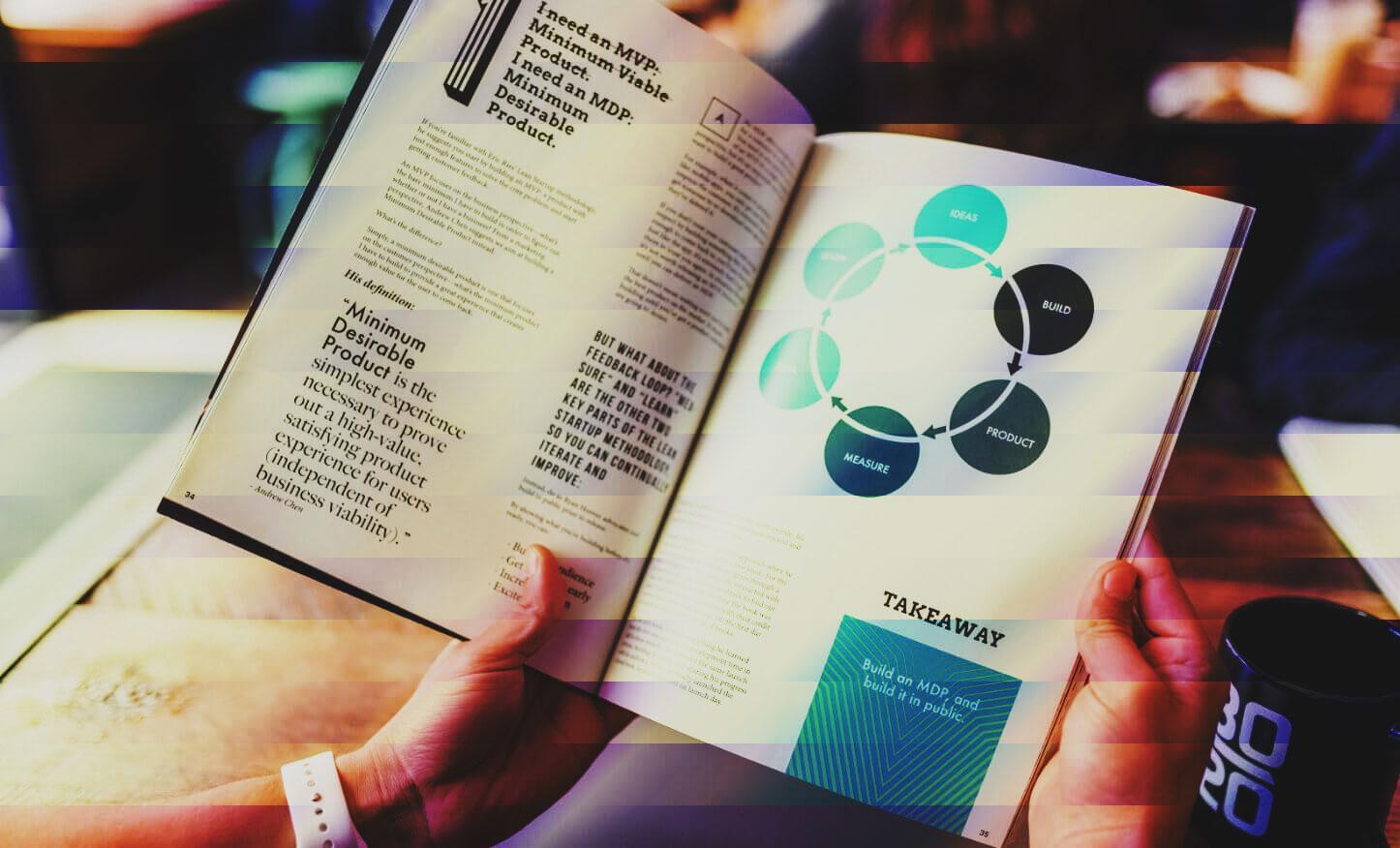Is It Time to Rebrand? The short answer is: Probably Not.
If you go back to the origin of the term, a brand was nothing more than a way to tell your cows from someone else’s; an icon that symbolized the name of your family or farm. It’s the reason companies still have logos today. But – as we just pointed out – your logo is not your brand. It’s a graphic representation of your brand. So, updating your logo shouldn’t be confused with rebranding.
In strictest terms, rebranding requires renaming; something we recommend only in the most dramatic circumstances – such as a corporate acquisition.
Changing times, advancing technology and social trends don’t count. Despite their outdated names, American Telephone & Telegraph and the United Negro College Fund are still going strong. In fact, over the past 75 years, the UNCF has dispersed nearly $5 billion dollars to help nearly 500,000 people of color acquire higher education.
All these two category leaders (and numerous others) have done is convert their names into well-recognized acronyms – saving their energy and marketing budgets for more important purposes.
In addition to the significant time and expense associated with a change in brand name, such a move can also require enormous marketing effort and consumer education. We human beings are creatures of habit who don’t really like change and are often confused or annoyed by the need to relearn something we thought we already understood.
So, unless your company has been acquired by another, is completely shifting industries or has experienced a public relations disaster, rebranding should be a last resort.

All you probably need is some brand refreshing.
Has your vision of what the company could be evolved? Have you expanded the breadth of your services or product selection? Are your best consumers or prospects missing the point of your unique selling proposition? All of these issues can be addressed – expediently and affordably – by taking a fresh look at your overall brand strategy.
It begins by understanding who you really are today, who you want to be tomorrow and the values that are driving that ambition.
Once you’ve established these internal tenets of your brand (i.e., your organization), you can move on to all the external elements and expressions that help convey the benefits of who you really are to your best prospects.
Brand Competencies, for instance, help summarize all the things you do best in service to your customers or clients and are critical in defining your ultimate USP. A shift in or expansion of competencies is the most common impetus in a company’s desire to refresh its brand strategy.

Take Xerox, for instance.
For decades, their fortune was derived almost entirely from the sales and service of photocopiers; to the degree that their name became synonymous with the process – no matter whose brand of copy you owned. (“Go Xerox this for me.”) But, over time, they expanded into document storage, operations consulting and a variety of related services. Today, Xerox is marketed and, more importantly, known as “The Document Company.”
Of course, understanding what you really do best also helps you understand what you don’t or shouldn’t do. It helps you define your true, addressable market and avoid wasting time, money and effort on what will forever be marginal ventures – unless you market them under a different name. (But that’s a topic for another day).
Once you have a grip on what you really do, it’s easier to explain how you do it differently and the ultimate benefit of that difference to your customers.
Put these elements together and you have a compelling summary that encapsulates what your brand is all about and why anyone with a need in your category would love doing business with you. In sales, this is referred to as your Elevator Pitch. In marketing, it’s your Brand Statement. And it becomes the foundation of any messaging you might share in the future – verbal or visual.

Thinking about refreshing your logo?
Great. But until you’ve done the work above, no graphic designer can begin theirs.
The good news is that refreshing your brand doesn’t have to be a grueling, time-consumer chore. Any good agency can take you through the process and the team at Modern Impact has done so with dozens of successful clients in as little as 30 days.
In summary, Brand Strategy isn’t just about changing your logo or the way you market yourself; it’s about changing the way you think about the way you market yourself. It’s the starting line of market and organizational development and not only sets the standards by which all other marketing initiatives will be measured, but lays the framework upon which the company’s future will be built. Without the structural integrity of precision-engineered Brand Strategy, your company could just be spinning its wheels.


